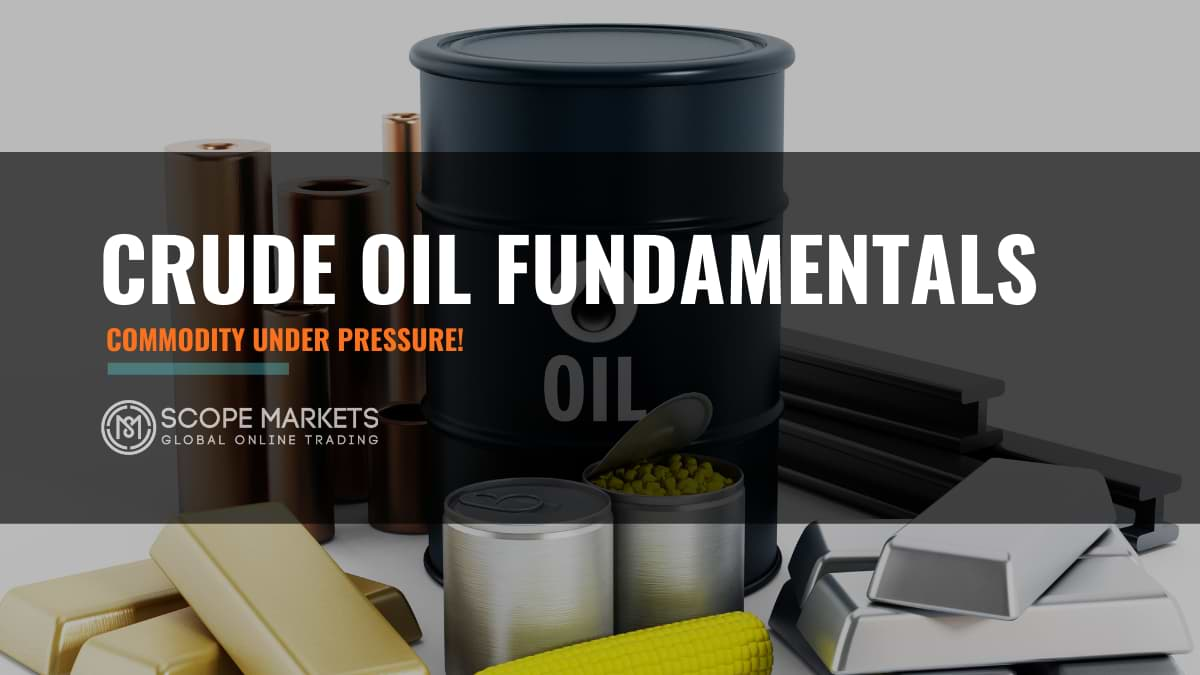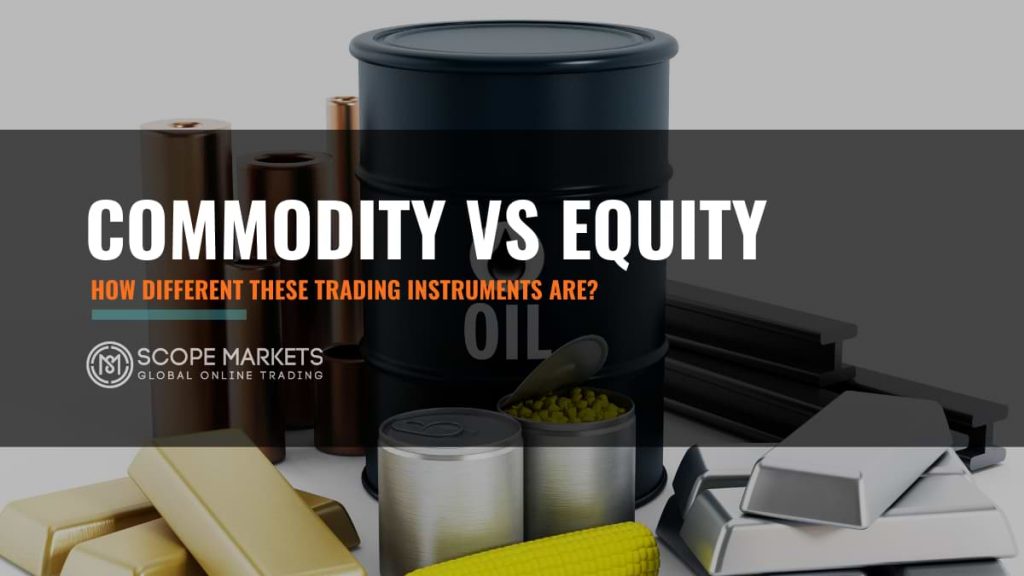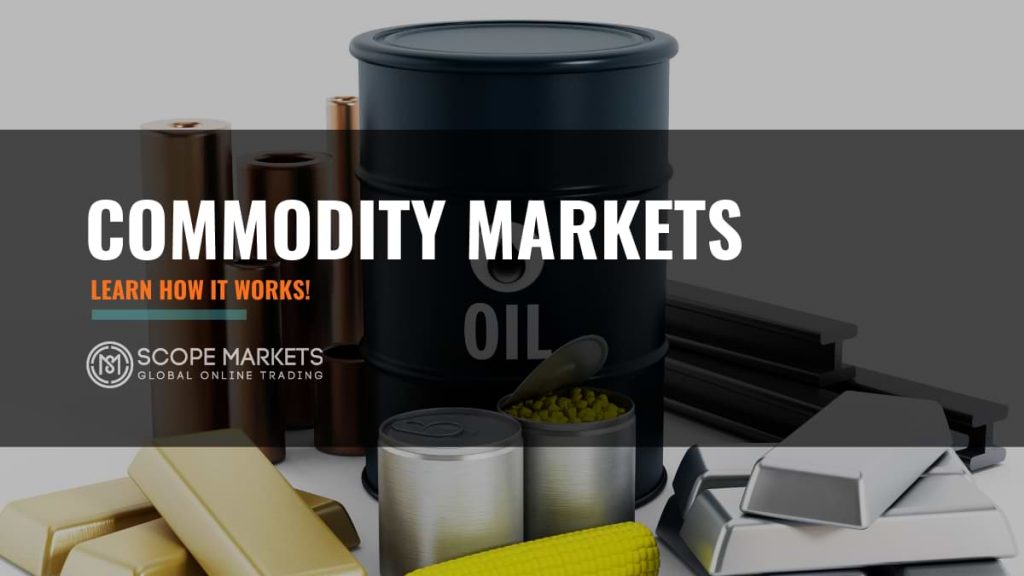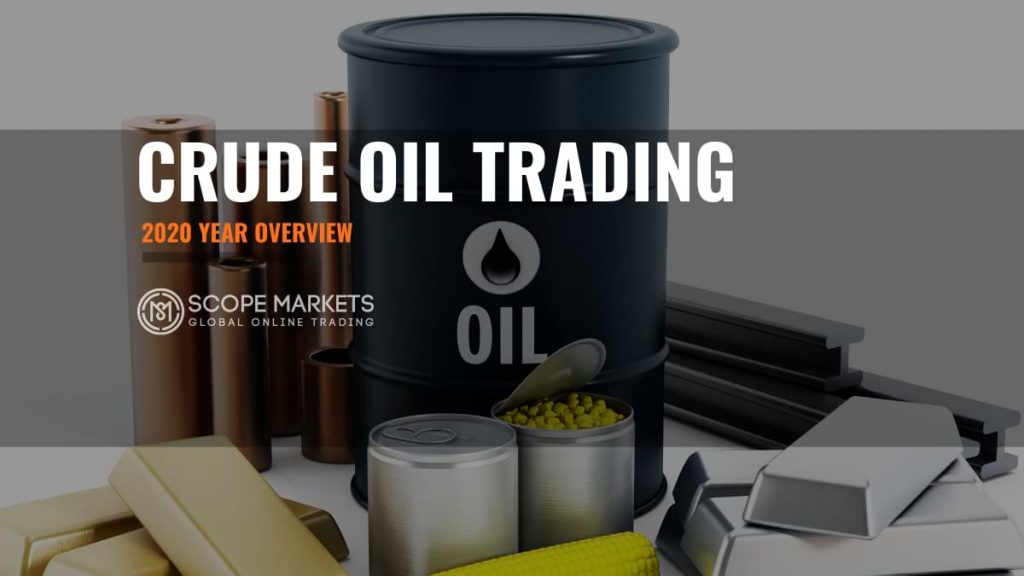Crude Oil Under Pressure – Fundamental Outlook!

Table of Content
The rise in volatility in the energy sector has contributed to a strong trend around petroleum products. Combine this with securities and producing positive results will not be that challenging. Crude oil has amazing offers across several markets thanks to its favour with both political and economic statutes. For this reason, seeking to make tangible profits through this channel has led to substantial gains.
No one can invest rightly in any asset class without basic knowledge of how different markets run. It is even harder to get on board when predicting what will cause a rise or fall on the curve is not entirely clear. Whether in ETFs or ETNs, poor investment decisions always have a background in a lack of knowledge. The secret to winning is understanding the first things first.
An Open Crude Oil Forecast
Many people often want to comprehend how soon they could get on board, especially when trading with fossil fuel and the oils produced. With the many talks on more sustainable energy, is oil marketing still going to play a role in how people trade around its asset class? While the trends are the primary communicators, in this case, a short outlook will allow one of the information necessary for future investments.
First, there is a slow in production down to 1.06 million BPD currently, and this might go to as low as 410,000 BPD by 2021. US oil production estimates as of 2020 are at 13.3 million and 13.7 the next year. If the growth happens, the country will still maintain its rank as a lead producer and explorer. This will mean a positive outlook for the incoming market showing it as a viable choice of investment.
However, it is also essential to look at other markets such as Norway, Brazil, Australia, and Canada, which have been registering significant gains over the last decade.
Apart from diesel fuel, natural gases, and jet fuel, too have significant promises and price supports for considerable investments. The end year analysis will, however, depend on how markets respond after the global pandemic currently moving major financial and investment decisions.
Profiting From Trading Crude Oil
No one wants to only trade in any asset class but also make as much as they can from their investments. With these simple five steps, profiting from crude oil will be an easy undertaking.
- Understand What Moves the Curves
- Who is the crowd?
- Brent or WTI
- Evaluating the long-term chart
- Choose a venue
Understand What Moves the Crude Oil Curves.
Supply and demand are the terms and trends that affect the price of oil. These two always move with worldwide output and economic prosperity. When the amount grows or the demand shrinks, traders sell their markets to lower ground. The opposite causes a flat ground that encourages traders to bid to higher levels.
As in July 2008, when crude oil prices rose to $145.81 per barrel, strong convergences backed by positive elements cause powerful uptrends. When negative aspects accompany a convergence, the opposite occurs, in August of 2015, when the prices dropped to $37.75 per barrel.
Who is the Crude Oil Crowd?
Energy’s futures markets have a lot of professional hedgers and traders. Industry players come in to reduce environmental exposure as hedge funds predict on long- and short-term possibilities. Unlike emotional markets such as growth stock, investors and retail traders have less influence.
It is easy for fear to creep in when the trend and momentum of prices make the front-page headlines, and it doesn’t look as good. However, small players influenced by retails should seek to go deeper to prevent an intensified underlying trend, which has led to collapses and climaxes.
Brent or WTI?

Brent crude and West Texas Intermediate Crude form the two primary crude oil markets. Brent springs from many North Atlantic fields, while WTI is a product of the united states. The term light sweet crude oil is conventional to mean the type of oil contained in both, which has different API (American petroleum institute) gravity and Sulphur content. WTI had high numbers in 2017, but of late, Brent has been the dominating trader of the two.
Before 2010, pricing for these markets was low, and it remained as such for years. However, after that year, both significantly diverged thanks to a change in demand and supply. A futures trader needs to go deep into the laws that govern US oil markets concerning other countries, to get an overview of what they might be getting into, legally speaking.
This is a more appropriate move for one seeking to join directly instead of using ETFs and ETNs. On the contrary, exchange-traded funds and notes offer easier access, but their mathematical generation is a bit more limited.
Evaluating the Long-Term Chart
After World War II, WTI has continuously been on the rise from an upper $20 to $120 in the 70s. The parabolic rally surfaced for a few years, followed by a significant decline in the 90s.
After 1999 crude oil picked up sharply and hit $157.73 in June of 2008. This was then followed by a substantial drop to $55 and then lower due to the 2020 recession period.
Choose a Venue
So many contracts and traders today offer a promise of high liquidity. However, this does not mean that the risk is low. For this reason, professional speculators are lured in more easily plus a few private investors and traders.
The New York Mercantile Exchange (NYMEX) trades in about 10 million contracts monthly. The easiest way to play the crude oil card is through the US oil fund. This works through equities with average daily volumes of up to 20 million in shares.
Oil companies also offer different exposure plus production exploration, and one can review petroleum exporting countries to know which ones have a more reliable trading basis.
Although most energy information administration track general crude oil trends, some do diverge for long periods. Reserve currencies also offer dependable ways to watch short term crude oil exposures since the economies of notable countries have high leverage to their oil and natural gas production.
Why Trade Energies with Scope Markets?
Wrapping Up
After all, considerations are put in place; anyone who seeks to invest in oil markets needs to shape up their skills and always be on the know. Without learning what moves a commodity or the usual crowd, it is easy to get sidelined.
Accidents such an oil spill on the news must mean something for such assets and different economic offsets for exporting countries. The higher the knowledge, the higher the chances of solidifying crude oil investment moves.
References:
Opec – Data_Graphs
Macrotrends – Crude oil price history chart
Disclaimer: This material is a marketing communication and shall not in any case be construed as an investment advice, investment recommendation or presentation of an investment strategy. The marketing communication is prepared without taking into consideration the individual investors personal circumstances, investment experience or current financial situation. Any information contained therein in regardsto past performance or future forecasts does not constitute a reliable indicator of future performance, as circumstances may change over time. Scope Markets shall not accept any responsibility for any losses of investors due to the use and the content of the abovementioned information. Please note that forex trading and trading in other leveraged products involves a significant level of risk and is not suitable for all investors.










